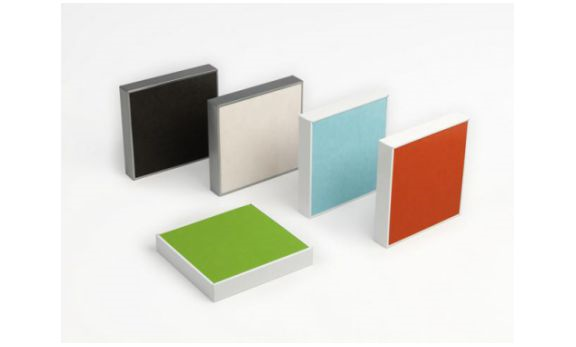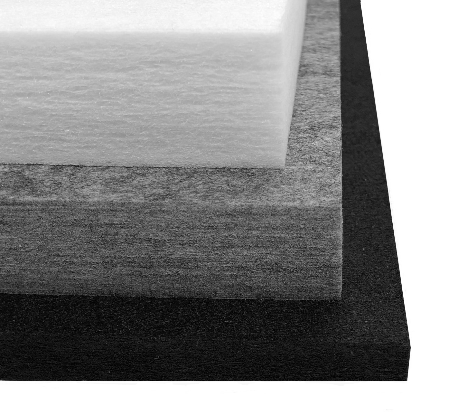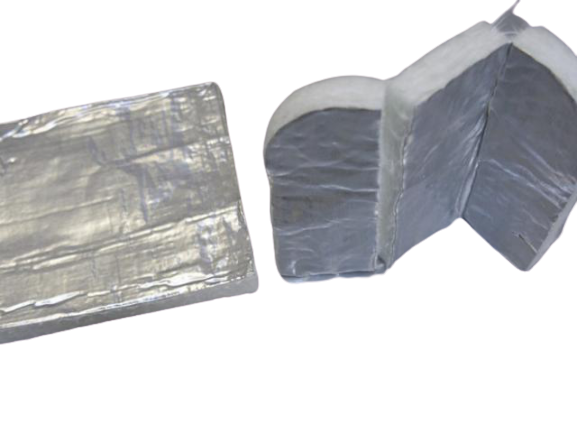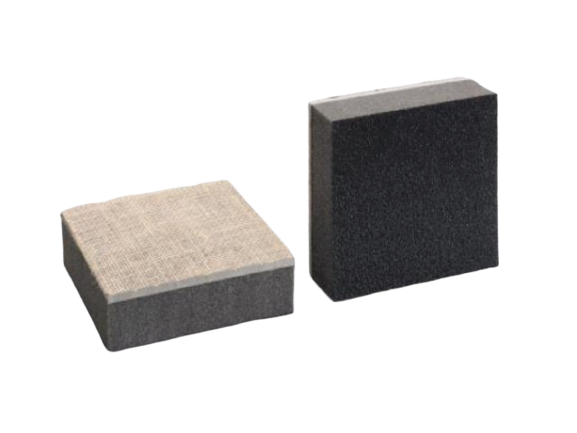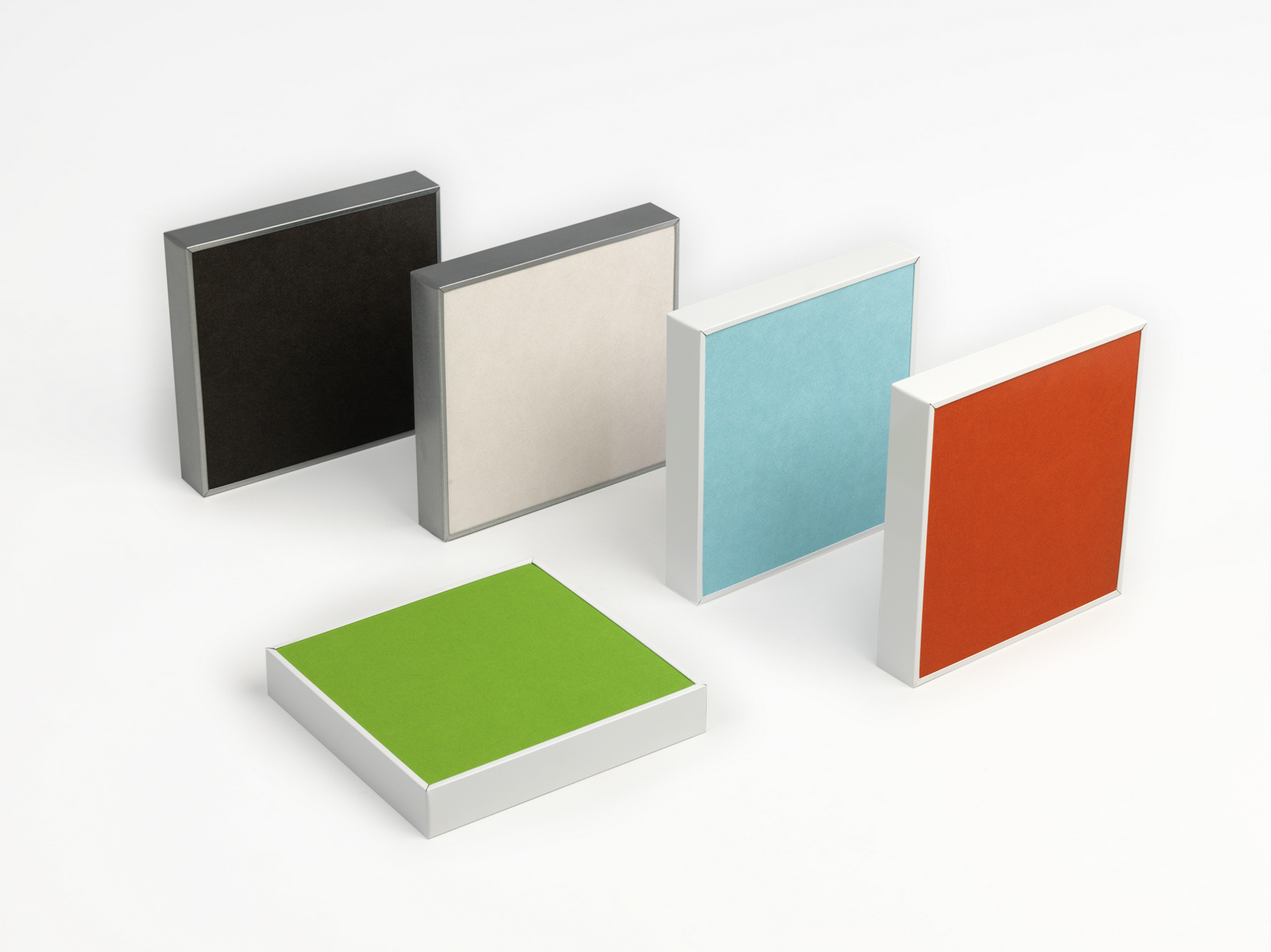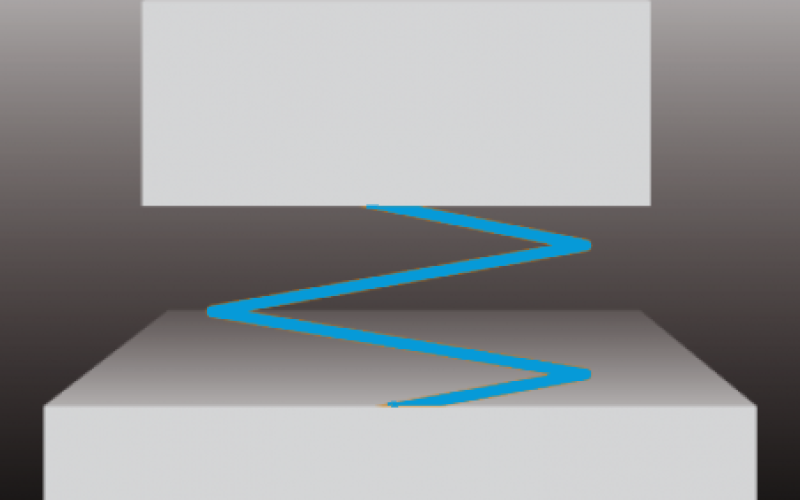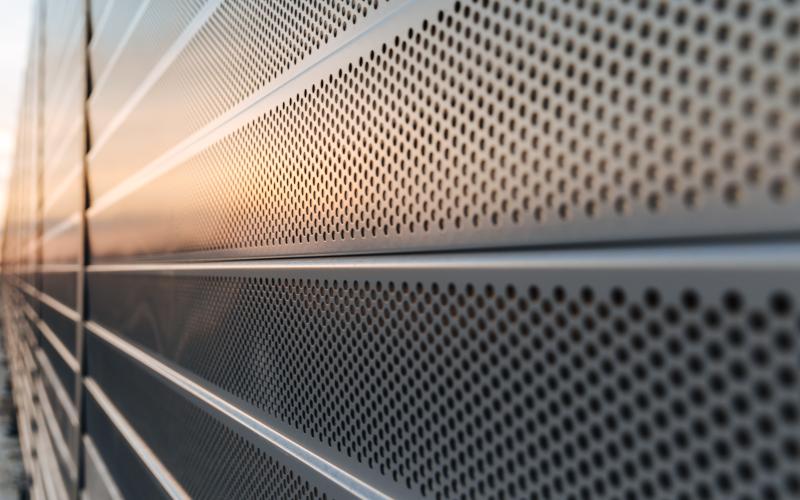Sound absorption
Sound absorption is not the same as sound insulation. Sound insulation makes it possible to keep sound outside or inside a room. Sound absorption stops sound reflections, improving speech intelligibility and lowering the sound level in the room itself. We distinguish 2 main applications in sound absorption: Technical sound absorption and room acoustics. Do you have noise problems in your production or office? Are you building a machine but it makes too much noise? ISOPARTNER has products and solutions for both applications.
1. Technical sound absorption
Technical sound absorption is mainly found in machines, technical rooms and enclosures and aims to reduce the noise level within a room or machine as far as possible. For this purpose, ISOPARTNER supplies high-quality sound-absorbing boards and acoustic materials fully tailored to your needs.
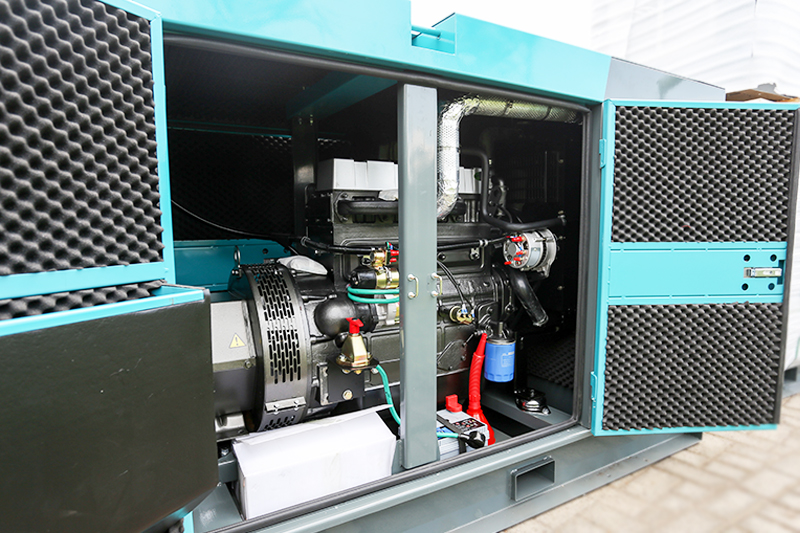
2. Sound absorption in buildings, also known as room acoustics
The purpose is to reduce reverberation or improve speech intelligibility in offices, classrooms or production areas, for example. The amount and location of sound absorbing solutions is adapted to the function of the room.
Our experts can help you find the right solution.
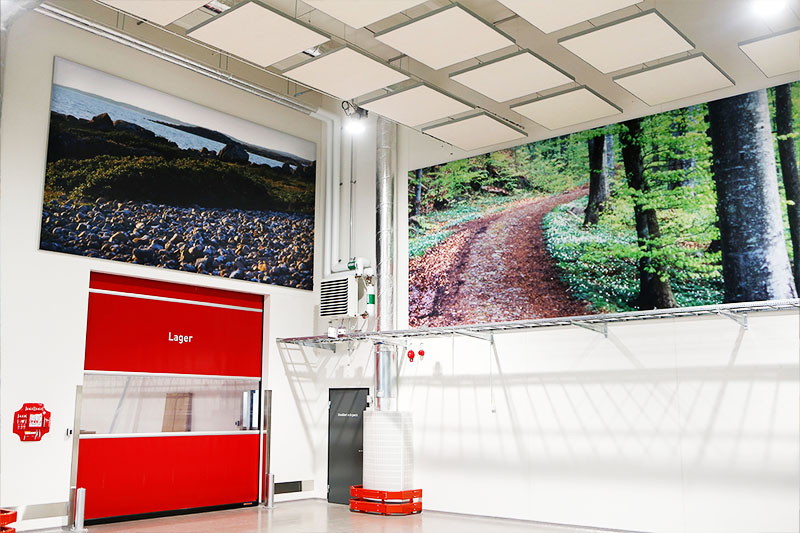

Our products for technical sound absorption
Foams such as ABSORBEL PU, ABSORBEL NOP, ABSORBEL ES, SONOFOAM or FLAMEGUARD are often used for sound absorption in machinery, vehicle engine rooms, heat pumps and air conditioning systems. Factors such as flammability, technical requirements and available space, among others, determine which material is most suitable.
Combination materials are also often used, such as BARYCELL. This material has both sound-absorbing and sound-insulating properties. It has a high sound insulation value due to its heavy backing of 7 or 14 kg/m² and by combining it with sound-absorbing foam it also has excellent sound absorption, reducing the noise level in the room where it is used.
Sound absorption in architectural spaces, also known as room acoustics
The influence a room has on the sound and reverberation of a sound is called room acoustics. Factors such as size, shape, building materials used and the amount of objects (furniture, machines and other elements that may be in a room) affect the acoustics in a room.
We have experience in solving acoustic problems in spaces such as offices, gymnasiums, restaurants, cafés, day-care centres, studios, music schools, production rooms, public buildings and in industry.
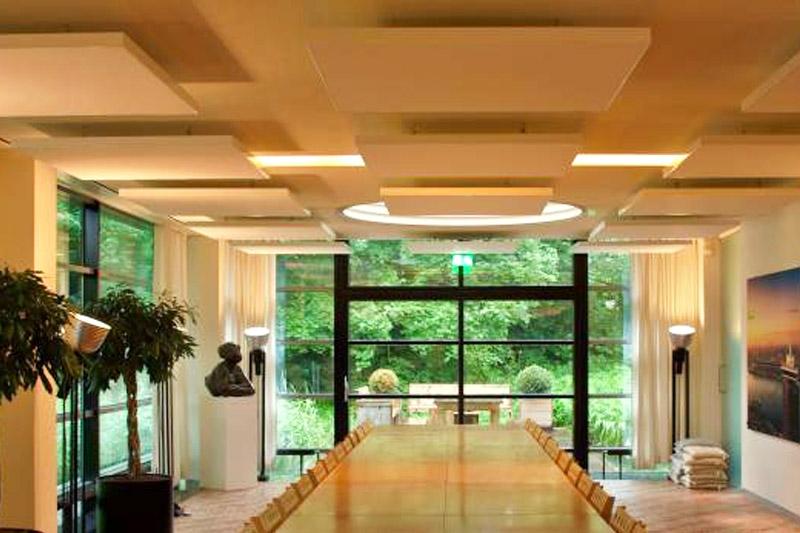

Acoustic ceiling tiles add an extra element of ambience and appearance
The ceiling is an excellent place to effectively reduce noise pollution, without the materials used being directly in sight.
ISOPARTNER Netherlands has several suitable products. The SONOSORBER sound-absorbing ceiling elements and the SONOSORBER AC acoustic ceiling island have the added advantage that they can contribute to the existing atmosphere and appearance. This form of sound absorption can make the design of the room more balanced, without immediately standing out.
We go one step further in reducing noise in hygienic rooms with the ISOLECO range.
Hygienic requirements and sound absorption, it is possible
In the food, chemical, pharmaceutical and semiconductor industries, processes often take place in clean rooms. The sound-absorbing materials to be used must meet the very highest hygiene requirements and generate absolutely no dust. They must also be easy to clean.
Choose better hygienic room acoustics
ISOPARTNER Netherlands has succeeded in developing ceiling elements that are not only sound-absorbing, but also hygienic, dust-proof and fire-safe.
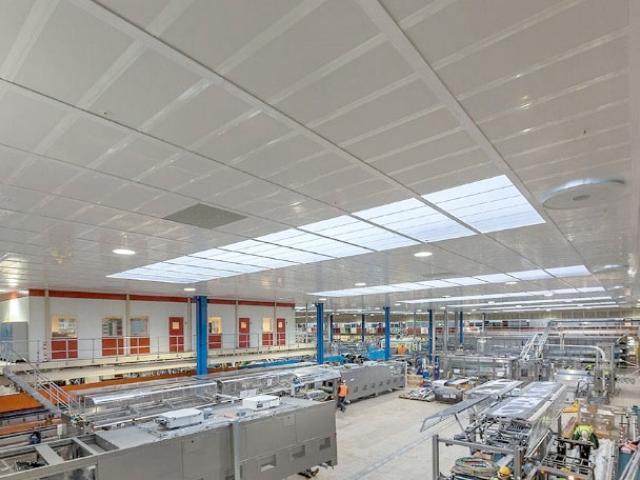
Sound absorption is the absorption of noise in a room by using a suitable acoustic material.
Acoustic material that is capable of absorbing the sound is installed in the room. Part of the energy of this sound is converted into heat and the rest is reflected back.
In many cases sound-absorbing wall and/or ceiling panels are fitted. These can be installed directly onto the surface, at a fixed distance from the surface, or be suspended (horizontally, vertically or at an angle).

